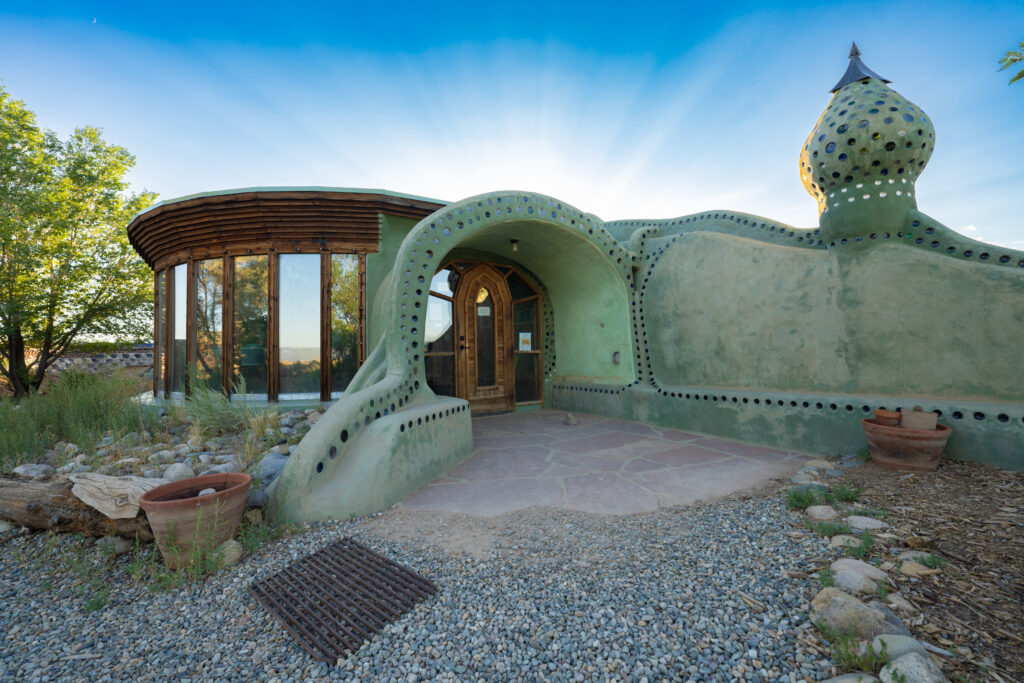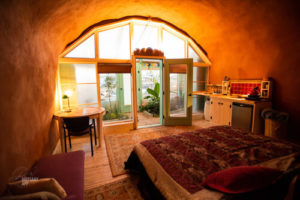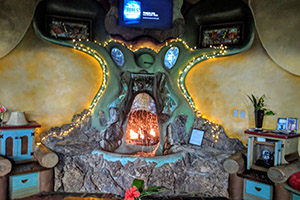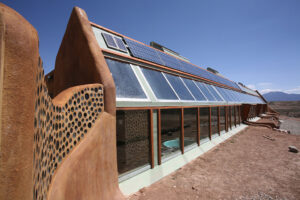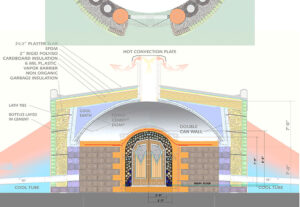Upgrading My RV Battery Bank and 12 Volt System
A LITTLE OF MY RIGS BATTERY HISTORY
When we bought our 30 foot Keystone Cougar fifth wheel new it came with one preinstalled deep cycle battery rated at 85 ampere hours. Having camped for many years in a campervan with a similar sized coach battery, I knew that 85 AH capacity wasn’t going to cut it. We were headed off on a one-year journey and planned to do some off the grid dry camping (AKA boondocking).
I decided to increase our battery capacity and purchase a pair of six-volt golf cart batteries rated at 225 AH. I installed them alongside the original 12-volt deep cycle battery and included a switch so I could use them as separate banks. Since then I’ve used the pair of 6-volt batteries as our main boondocking power source with the single 12-volt battery as a backup source.
This setup worked well for us and along with our Champion generator allowed us to enjoy beautiful off the grid locations for weeks at a time. We’ve really embraced boondocking so last winter I busted my solar power cherry and installed a 200-watt solar kit. It was an awesome addition to the rig cutting down our reliance on the generator a great deal.
While the 200 watts was sufficient for our power needs on bright sunny spring days it was still a little lacking when it was overcast or during those very short mid-winter days. Because of this I plan on adding two more 100 watt panels for this snowbird season bringing our total solar wattage to 400 watts. Before adding the extra solar, I’ve decided to first upgrade the battery bank with 4 fresh six-volt batteries with a total capacity of 464 AH.
As an RV battery bank upgrade, I’m removing the 2 old six-volt Trojans and single 12-volt battery and simplifying things into one 4 battery bank. I’ve chosen to go with Interstate GC2-XHD-UTL lead acid type batteries rated at 232 AH. I chose Interstates because they were in my price range, have dealer locations almost everywhere and I’ve had really good luck with that brand in my diesel truck.
Working with electricity and batteries can be dangerous! Performing these modifications may void your warranty and/or RV insurance. This article is for educational and entertainment purposes only and should not be taken as instructional. If you decide to do the same modifications as I’ve done then research and be aware of the risks involved. I accept no liability. You have been warned!
INSTALLING 4 SIX VOLT DEEP CYCLE BATTERIES
First thing I needed was a way to contain the batteries with a storage box. I hit up a local marine supply store and found a plastic battery box sized to hold my 4 six volt batteries. It also fit perfectly in my Cougar’s front storage compartment. I cut a hole in the bottom and lid to provide ventilation of battery gasses. My trailers front storage is already pretty well ventilated to the outside due to the front landing jack and propane tank openings, but I figure the more ventilation the better.
Next I wired the four batteries together. I upgraded the original 4 gauge automotive battery cable to a thicker 1 gauge automotive starter cable. When wiring 4 six volt batteries together you want to series wire them in pairs to create two 12 volt batteries and then wire those in parallel.
It’s best to use the shortest amount of wire as required. The shortest pre-made 1 gauge wire I could find was 18 inches. It will do for now, but I plan to shorten them in the future. A serious boondocker buddy of mine and has all the tools and bits and pieces to custom build the wires.
To hold my battery box in place, I added four eye bolts, two on each side of the box. I then use a pair of cargo tie down straps. To complete the battery storage box, I added rubber grommets in the cable feed holes. I then added dielectric grease to all the exposed metal connections to prevent corrosion.
HOOKING THE NEW BATTERY BANK TO THE RV 12VDC SYSTEM
My RV’s 12 VDC power system now has three main circuits fed by the batteries. There is the original main feed installed by the manufacturer which branches off and powers all the rigs 12-volt circuits like lighting, motors, water pump, fans and appliance low voltage circuits. Then there are two more circuits added by myself, the solar power input circuit, and the inverter output circuit.
The main feed I have left just like the trailer manufacturer made it, except for installing a 12-volt power disconnect switch. Many RVs have this switch as standard equipment but no such luck with our Keystone Cougar.
1000 WATT PURE SINE INVERTER WIRING
I’ve mounted my 1000 watt pure sine wave inverter close to my battery box to reduce the length of wire needed to power it. The further away the inverter is mounted the thicker the gauge of wire required. The larger the size of wire used the better, but it’s a trade-off between how much you can afford. By mounting the power inverter close to my battery bank, I was able to get away with using a smaller gauge cable.
*Caution* “ You don’t want to install an inverter in the same enclosure as the lead acid batteries. Battery fumes can cause corrosion to the inverters circuitry or a spark from the inverter could ignite the gasses.
In my particular install, the batteries live in their own ventilated box and the trailers front storage is also well ventilated. This allows me to safely mount my inverter fairly close to the batteries.
As an added measure of safety and convenience, I installed an 80 amp switchable circuit breaker between the battery bank and the inverter input connection.
SOLAR CHARGE CONTROLLER WIRING
Last winter I installed a 200-watt solar power kit from a company called Renogy. It came with a simple 30 amp solar controller which transfers the energy from the solar panels into my battery bank. Again just like the inverter wiring, the shorter and larger gauge the wires are the better. I was able to mount my two 100 watt panels on the roof right above the front storage compartment and run the kits wiring almost straight down into it.
I mounted the controller just a few feet away from the battery bank. From the solar controllers output feed into the battery bank I used a short and fairly heavy 4 gauge wire for maximum efficiency. The 4 GA wire is much thicker than really required for this small solar system, but I have plans to upgrade the solar by adding a few more panels in the near future.
For circuit protection, I added a 30 amp fuse on the input side of the solar controller and a 40 amp switchable breaker on the output side. This allows me to easily disconnect the two circuits if I need to do any repairs, upgrades or maintenance to the solar power system.
VIDEO DETAILING MY RV BATTERY AND 12 VDC WIRING
Conclusion and Future Upgrades
I’m really happy with the new battery bank and wiring setup. It’s a nice improvement over the complexity of the three mixed battery type arrangement I had in there before. I actually gained some more usable space in the front storage compartment. Weight wise I have added about 80 lbs.
I believe the steel front storage pan is plenty strong enough, but I will have to keep the additional weight in mind. Our one ton dually truck can handle it but I’m cautious when it comes to the trailers max GVWR.
In the coming months as funds permit, I’m looking at installing several more items into my 12-volt power system. I plan to install a higher quality solar charge controller. Also, I would like a sophisticated battery power monitor that gives me information like the battery banks state of charge and the amount of power my solar system is providing.
For increased safety, I want to install a catastrophic failure fuse and the addition of a high-quality charger close to the battery bank. Likely an INTELI-Power 9200 series converter dedicated to using the generator for off-grid charging on those cloudy days. I’m not really impressed with the battery charging capabilities of the OEM charger. I’m pretty sure boondocking was not a top priority.
via loveyourrv.com

